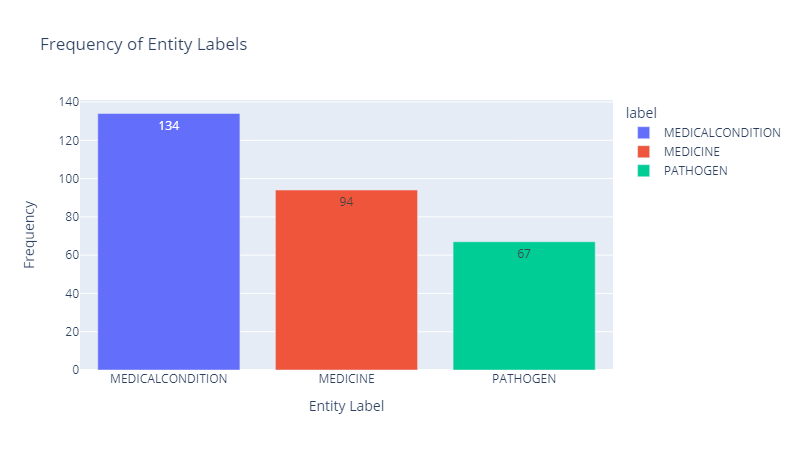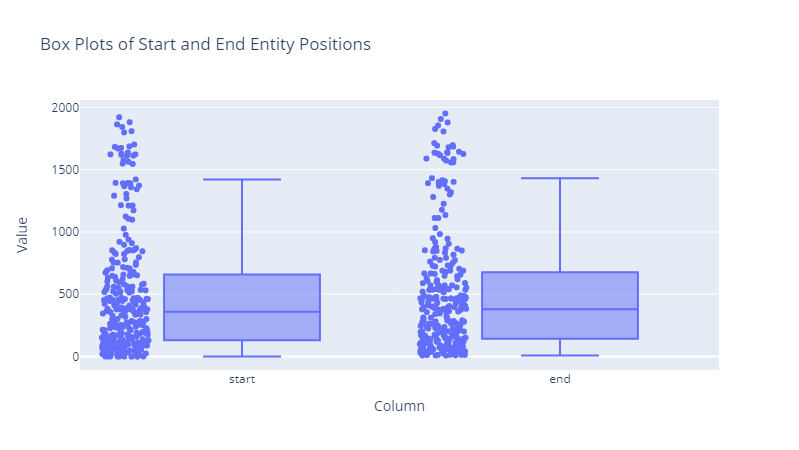NER using RNNs and Transformer Models
What is Transformer Model?
The Transformer model is a neural network architecture designed for sequence-to-sequence tasks such as machine translation.
The model’s key innovation is the self-attention mechanism, which allows it to weight the importance of different words in the input sequence.
Self-attention enables the model to capture long-range dependencies and handle complex language structures effectively.
Transformer Architecture

Encoder
Decoder
Positional Encoding
Multi-Head Attention
Transformer Methods
Scaled Dot-Product Attention formula
\(\text{Attention}(Q, K, V) = \text{softmax}\left(\frac{QK^\top}{\sqrt{d_k}}\right)V\)
The Single (Masked) Self- or Cross-Attention Head Formula \(\begin{align*}\text{Attention}(Q, K, V) &= \text{softmax}\left(\frac{QK^\top + \text{Mask}}{\sqrt{d_k}}\right)V \\\end{align*}\)
Transformer - How to do it?
Annotated Dataset for Training
- Labelstud.io , Prodi.gy
Pre-process the dataset
- Tokenization - NLTK
Fine-tune a pre-trained Tranformer Model
- Huggingface - BERT
Train
Evaluate
- Metrics: Precision,recall and F1 score.
Transformer Limitations
Standard language models are unidirectional, restricting pre-training architecture options and limiting context awareness.
Transformers have high computational complexity due to numerous parameters, requiring significant resources and specialized hardware for deep models and long sequences.
Dataset
We will use the dataset called corona2 from Kaggle to identify Natural Entity Recognition to identify Medical Condition, Medicine names and Pathogens. This dataset is already annotated.
Labels:
- Medical condition names (example: influenza, headache, malaria)
- Medicine names (example : aspirin, penicillin, ribavirin, methotrexate)
- Pathogens ( example: Corona Virus, Zika Virus, cynobacteria, E. Coli)
Dataset Definition
| Column Name | Type | Description |
|---|---|---|
| Text | string | Sentence including the labels |
| Starts | integer | Position on where the label starts |
| Ends | integer | Position on where the label ends |
| Labels | string | The label( Medical Condition, Medicine or Pathogen) |
Dataset Sample
Buprenorphine has been shown experimentally (1982–1995) to be effective against severe, refractory depression.


Dataset Visualization - Labels

Data Visualization - Position
